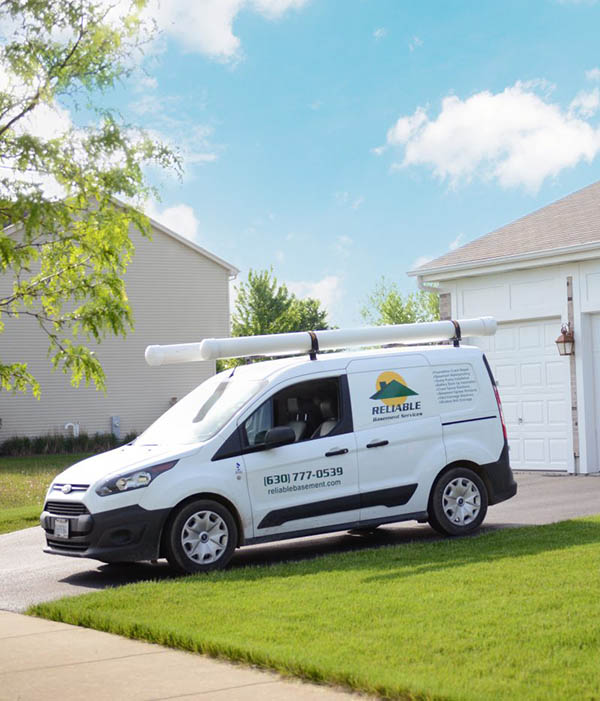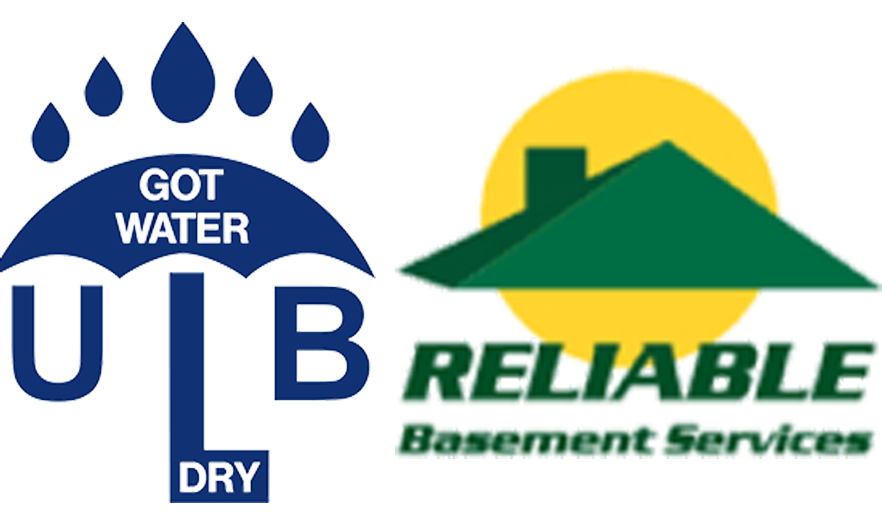A dry well can be an excellent solution to a drainage problem. A small underground pit filled with stones, a dry well, also called a seepage pit, can be connected by underground piping to the roof downspout. Its purpose is to collect storm water and allow it to be absorbed by the surrounding soil. Dry wells are not right for every yard, but they’re often used on residential properties. If you’ve got a dry well, it’s important to know how to maintain it.
Dry well installation, when done properly, uses gravity to pull water to the lowest point in the yard, allowing runoff to collect in the water basin of the dry well and then gradually dissipate into the soil. Usually this is just the runoff from the roof, but dry wells can also be used in the relocation of gray water. Before a drywell can be installed, it must be determined if the soil’s infiltration rate is sufficient to let the dry well drain into the soil properly. The soil can’t be too dense, and the dry well must be large enough to contain the runoff in a typical storm without overflowing. Dry wells can range from a couple of feet wide and deep to several feet in width and diameter. They can also be inexpensive, lined with landscape fabric and packed with rocks, or expensive, made with high-quality concrete or polyethylene tanks.
It’s important to properly maintain your dry well, to prevent it from causing flooding in your yard. An ill-maintained dry well is also likely to fail and require excavation and replacement. To keep your dry well in good condition:
- Keep your gutters clean so that stormwater can drain into the dry well effectively.
- Use gutter guards to help keep leaves and sediment out of the downspouts to keep them from clogging the dry well.
- Maintain your gutters, repairing any damage promptly.
- Let contractors know where the dry well is located so that they don’t accidentally damage it.
- To keep a dry well clean when you’re using it for gray water, have a filter installed on the drain line and clean it frequently to avoid clogging by lint and soap scum.
It’s very important to keep the dry well from overflowing toward your building foundation, so make sure your property is properly graded. You should also take care not to mow over the observation well cap. Don’t place structures like decks over the dry well, and don’t let children play around the dry well or seepage pit.
When you’re looking for the right solution to your yard drainage problems, ULB-DRY Waterproofing is here for you. A family-owned and operated company, we’ve served the greater Chicagoland area for over a decade. In addition to full basement services, we provide yard drainage solutions that include dry wells, French drains, drainage swales, and more. Our consistently high standards have made us an award-winning Chicago basement waterproofing contractor, so call us at (708) 978-7558 or visit our website.






